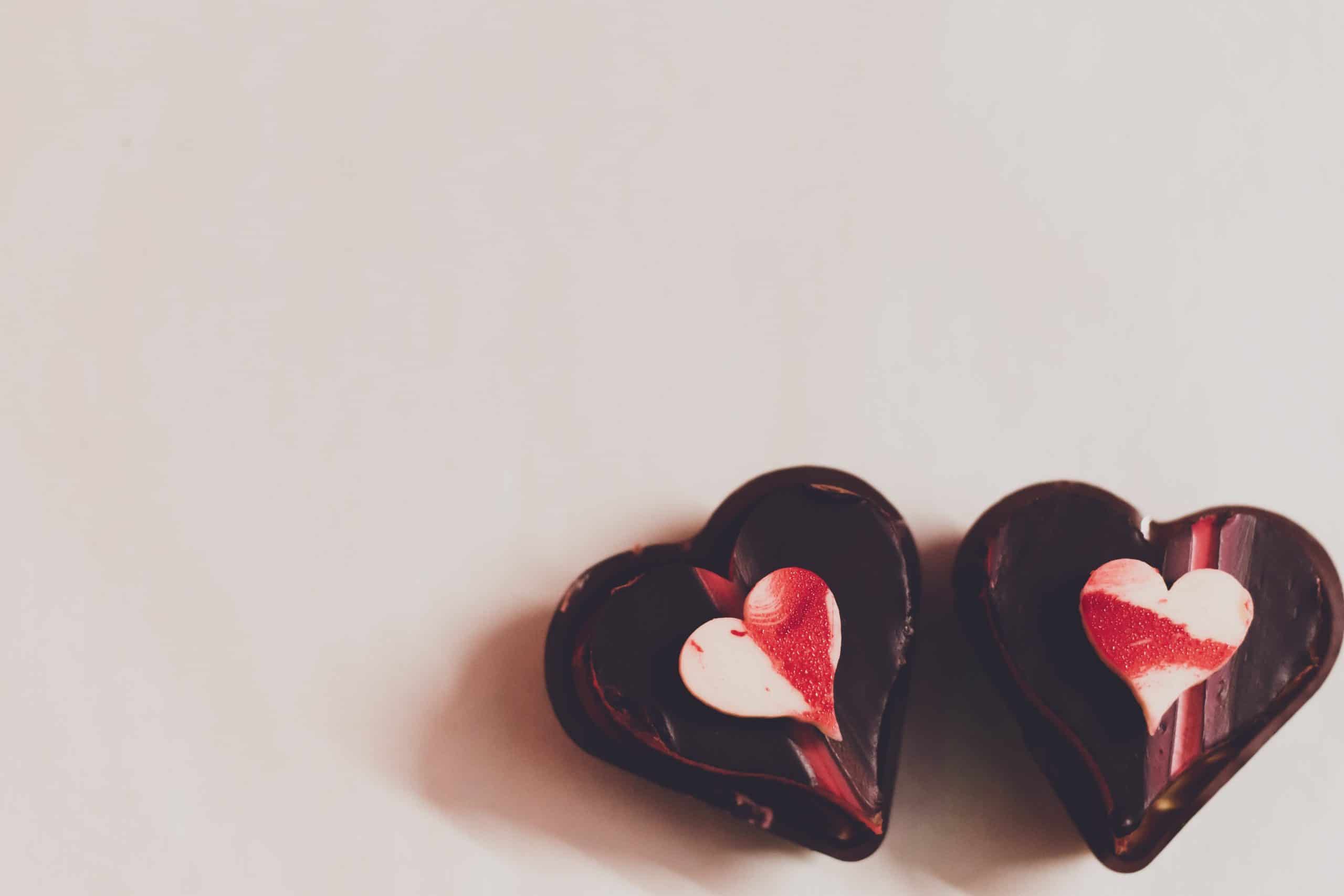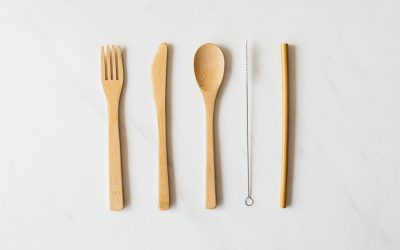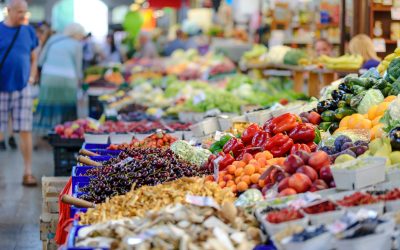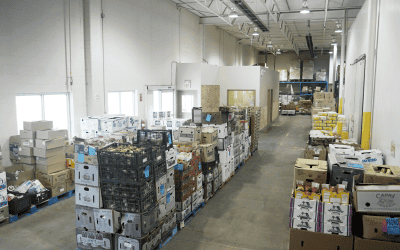Dating back centuries, in Mayan and Aztec cultures, ceremonial cacao (the primary ingredient in our modern-day chocolate) was a sign of love and fertility, gifted to loved ones as a showing of affection.
Today, we identify cacao as a heart-healthy food; dark chocolate (higher percentages of cacao than milk or white chocolate) is high in flavonoids. Also found in fruits and vegetables, flavonoids, particularly the subtype of flavonols, help lower the risk of heart disease.
So chocolate is a great gift to express your affection toward loved ones, but (dark chocolate especially) is also great to incorporate into your diet when opting for a healthier option. The next question is: How do you store chocolate to keep it longer?
Can chocolate go bad?
Yes, chocolate can go bad, although it has a long shelf life compared to many other foods. Chocolate can develop a white powdery coating on its surface, the crystallization of sugar on the surface known as sugar bloom. It can also become rancid, having an unpleasant, sour smell.
If chocolate is exposed to moisture, it can develop mold. Mold growth is a clear sign that the chocolate is no longer safe to eat.
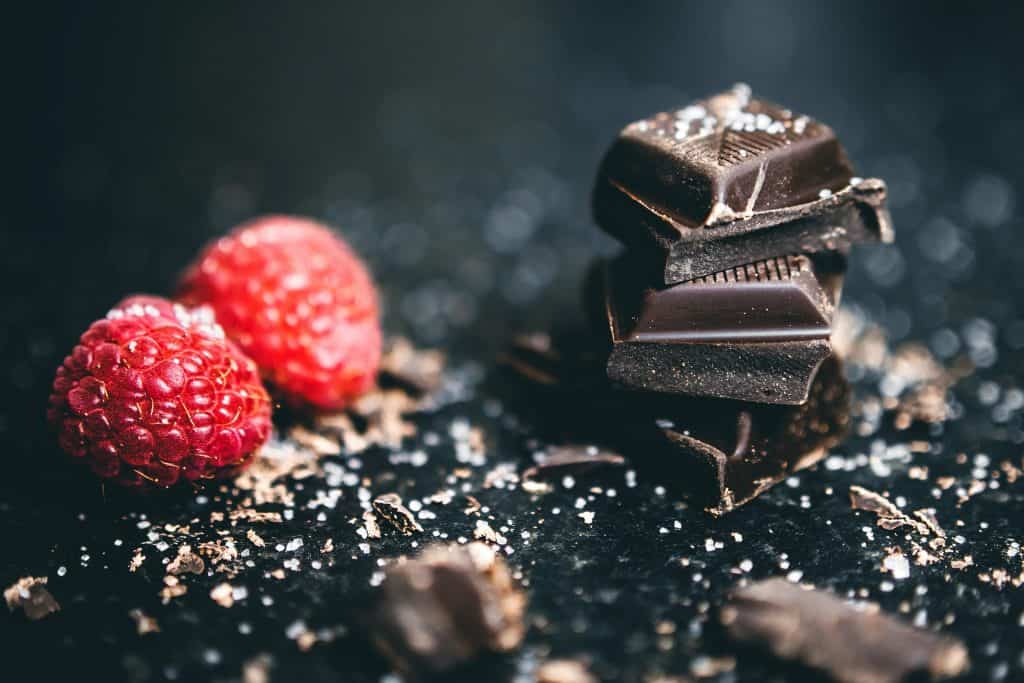
Chocolate storage tips
While dark chocolate is more robust and can tolerate a wider range of temperatures, milk and white chocolate are more sensitive. The best way to store chocolate is in a cool, dry place with a consistent temperature between 60°F and 70°F (15°C to 21°C). Away from direct light (chocolate melts in the heat, remember!) is another smart choice. Cupboards, drawers or an opaque container make an excellent option.
Chocolate is porous and can easily absorb odours and moisture from its surroundings. Even a small amount of humidity can lead to sugar bloom or fat bloom (separation of cocoa butter). If the chocolate is opened or not wrapped tightly in its original packaging, place it in a sealed container.
If you’ve got an abundance of chocolate and won’t consume it all within a reasonable time frame, freezing can extend its shelf life. Just ensure it’s tightly wrapped to prevent freezer burn and odours from seeping in.
Recipes to try
If you find yourself with surplus chocolate, get creative and make your own chocolate treats. Melt down chocolate to create homemade truffles, chocolate-covered fruits, or drizzle it over popcorn. This not only transforms excess chocolate into delightful creations but also ensures you savour every last bit.
Here are some more chocolate-based cookie recipes for the month of love:
The classic chocolate chip cookies never go out of style. For some kick, try this black bean chocolate chili cherry cookies
Have a quick but special breakfast by making pain au chocolate. For your next gathering, make a fondue.


